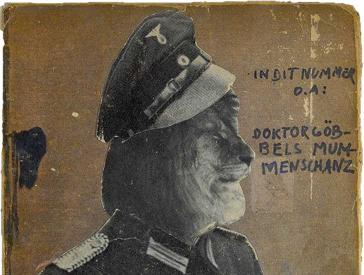Glikl bas Judah Leib/Glikl of Hameln
Glikl of Hameln, born in Hamburg in 1646/47, was the daughter of a prosperous diamond merchant named Judah Leib. Her name in the Jewish naming tradition was therefore Glikl bas (daughter of) Judah Leib. At age 14, she married the successful gold and jewel merchant Chaim of Hameln (also known as Hein Goldschmidt) and went on to have twelve children with him.
When her husband died in 1689, Glikl carried on his business with tremendous success. She traded her wares in various European cities and lived as a successful businesswoman in Hamburg, Altona, Hameln, and Metz. She built up her family’s wealth and was able to marry all of her children into good families. Her matrimonial strategy was based on strong financial interests, and she used her children’s marriages to establish and cement business contacts throughout Europe.
When Glikl herself remarried in 1700, she chose the affluent businessman Hirz Levy and gave up her own business. Not merely with her husband’s help, but thanks to her own savings, Glikl had secured for herself a carefree retirement. But Hirz Levy miscalculated, his business went bankrupt, and he lost the entire family fortune. So it was that Glikl spent the end of her life impoverished in her daughter Esther’s home in Metz, where she would eventually die in 1724.
Back in 1691, Glikl, still devastated by her first husband’s death, had begun a diary, which she continued keeping until 1719. Glikl’s account of her life was written in Yiddish; the original version bears the title Zichrones (Memories). Glikl treated the diary as a family chronicle and hoped to pass it down to her children.
Because Glikl lived in an age when Jews had scarcely any rights amongst the Christian majority, her diary also offers moving glimpses into the social circumstances of the time. Among other things, it bears witness to a Plague outbreak, other illnesses, displacement, and death. Her writings also give insight into her profound and complex relationship with her Jewish faith.
Glikl’s diary was not published until 1910. Bertha Pappenheim, the founder of the Jewish Women's League in Germany and a distant relative of Glikl, rediscovered the latter’s writings and their historical value. Pappenheim’s German translation exposed the diary to a wider readership.
What is Bertha Pappenheim?
Bertha Pappenheim (1859–1936), a feminist who worked to improve the religious education of Jewish women, fought for female equality in Jewish institutions, and founded the Jüdischer Frauenbund in 1904

